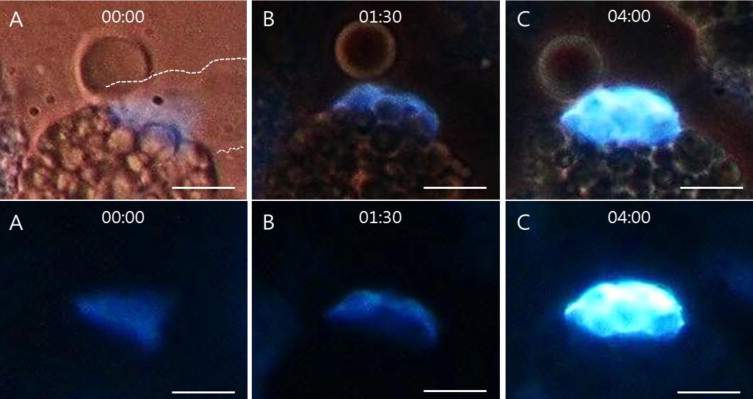 Messze nem akarok a mostani cinkes Törő cikkhez akkora “lábjegyzetet” fűzni, mint a korábbi Ullmann életrajzhoz (nem is tudnék), de annyit mindenképpen el kell mondanom, hogy a poszt írása közben őszinte megdöbbenésemre azt találtam, hogy nem csak akad még maroknyi őrült, aki ma is lelkesen csápol Lepesinszkaja tévképzeteinek és úgymond “bizonyítékot” is mutat azokra, de akad komoly, peer-reviewed újság, jelesül az Elsevier Micron című kiadványa (IF: 2,062 ), ami ennek helyet is ad.
Messze nem akarok a mostani cinkes Törő cikkhez akkora “lábjegyzetet” fűzni, mint a korábbi Ullmann életrajzhoz (nem is tudnék), de annyit mindenképpen el kell mondanom, hogy a poszt írása közben őszinte megdöbbenésemre azt találtam, hogy nem csak akad még maroknyi őrült, aki ma is lelkesen csápol Lepesinszkaja tévképzeteinek és úgymond “bizonyítékot” is mutat azokra, de akad komoly, peer-reviewed újság, jelesül az Elsevier Micron című kiadványa (IF: 2,062 ), ami ennek helyet is ad.
Ráadásul, a nagy valószínűség szerint mezei futóbolondokat tömörítő dél-koreai csapat nem csak egyszerűen azt állítja, hogy egy egyszerű Hoechst festéssel bizonyítani tudják a szikből kiváló DNS létét, hanem a következtetéseikben több áltudományos elmélet szintézisét is meghirdetik:
[W]e would like once again to introduce then insights of three pioneers, Antoine Béchamp in the 1880s, Olga Lepeshinskaya in the 1950s and Bong Han Kim in the 1960s: Antoine Béchamp was the first pioneer to suggest that tiny particles named microzyma could assemble to give rise to new cells (Bechamp, 1912, Lepeshinskaya, 1954 and Kim, 1965b). Olga Lepeshinskaya insisted that these tiny particles could assemble into new cells (Lepeshinskaya, 1954), and Bong Han Kim suggested a novel system corresponding to the acupuncture meridian system through which DNA fragments named Sanals flowed (Kim, 1965b). Thus, we suggest that our findings of evidence for the spontaneous self-assembly of DNA may usher in a universal life paradigm with a novel genetic principle in the form of the primo vascular system, a putative acupuncture meridian system: Antoine Béchamp meets Bong Han Kim via Olga Lepeshinskaya.
Őszintén el nem tudom képzelni, hogy hol akadt egy szerkesztő meg legalább két bíráló, aki ezt elfogadta….
Lee HS, Lee BC, Kang DI (2013) Spontaneous self-assembly of DNA fragments into nucleus-like structures from yolk granules of fertilized chicken eggs: Antoine Béchamp meets Bong Han Kim via Olga Lepeshinskaya. Micron 51: 54-9.
